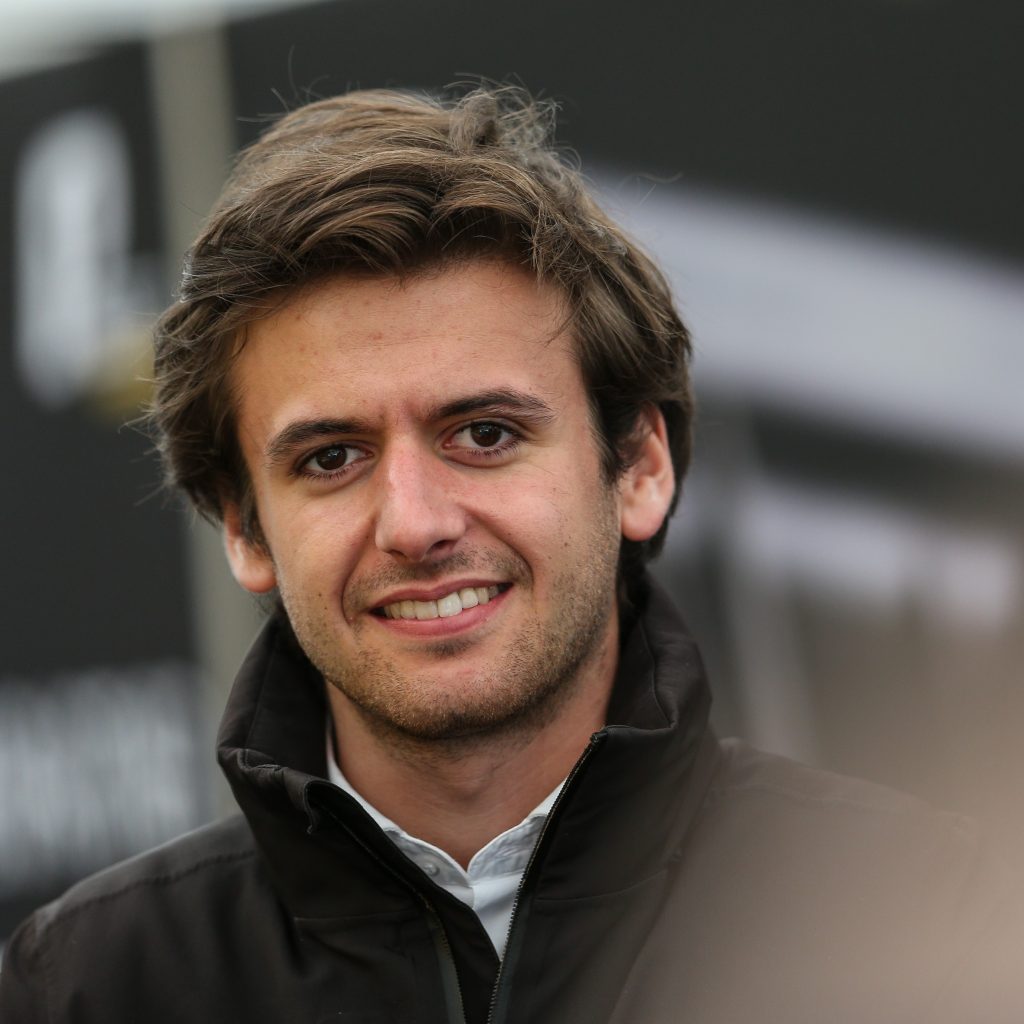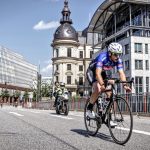It was a cold Friday night when my body began to take away everything that was important to me. Friends, sports and school, in short, everything that was important to me as a teenager.

I thought I had twisted my back while playing tennis and that the back pain was due to that. But when the orthopaedist couldn’t find a solution and I went from being a normal 15 year old boy to being a patient in a wheelchair within 5 days, I knew I had a long road ahead of me.
At that time, in the spring of 2012, I didn’t realise how complicated the diagnosis would become.
What puzzled all the experts and doctors was the fact that I developed such symptoms over a few days/weeks. My entire left side was affected rapidly. Back muscles, hands, legs and feet, everything was cramping and contorting me into positions that the human body was not designed for.
I had to forget about school. At first I tried to read textbooks lying on my bed. But eventually the medication affected me so much that my concentration decreased significantly. I couldn’t remember anything anymore! The desired high school diploma was out of reach.
What remained was the desperate search for the cause. After 3 months in the clinic and many desperate attempts with Levodopa and Artane to control the symptoms, we were just as clueless as before. No one was willing to make a diagnosis, and no one wanted to commit.
On June 25, 2012, one day after my birthday, I had an appointment with Prof. Dr. Volkmann, who was not only our last hope but also an expert in movement disorders. After a 5-minute visit, he knew: This is dystonia, and the only thing that can help is deep brain stimulation. Of course, we did further tests and final diagnostics. We also did a genetic test, but the result was not decisive for the treatment.
After a week at the University Hospital in Würzburg, it was clear: we were going to implant a brain pacemaker due to generalised dystonia on August 8, 2012.
The 12-hour surgery went without major complications although it was, of course, a great strain on me. At that time, I weighed only 43 kg and was marked by months of living in this crooked position. Everything was exhausting and only possible with the help of my parents.
On August 14 2012 exactly 6 days after the procedure, I walked upright and without a wheelchair for the first time across the clinic floor and into the arms of my parents. An incredible feeling that should give me the momentum for everything that was to come next.
In addition to the fact that generalised dystonia was confirmed by the genetic test, the stimulation effect was quickly observed, and we had to find and stabilise my dystonia in the long term. But what was to come was almost a small miracle. For me, my family, my friends, and in a way, even for the doctors.
Meanwhile, I decided to end my school career and look for an apprenticeship and my ‘dream job’.
I started an apprenticeship as an event manager, moved from Rhineland-Palatinate to Lohne-Dinklage in Lower Saxony. My professional passion is motorsports, and I travelled to world championship races or the famous 24 Hours of Le Mans with Porsche and BMW.
Hope gave me strength through all the setbacks, but above all, it was cycling which I loved since childhood. After the pacemaker was implanted, I needed to focus on improving my fitness, balance, and orientation. There is no free evening that I do not spend on my racing bike. Cycling is my outlet. When I’m stressed, I hop on my racing bike and just ride.
In 2022, I had a big goal: to participate in the Hamburg Cyclassics (100 km cycling race through the metropolis in northern Germany) as a 100% treated dystonia patient and become the first to officially achieve this feat.
In the end, the result exceeded my expectations. With an average speed of more than 37 km/h, I not only successfully completed the Cyclassics, but I also achieved my personal best in the world record attempt.
And what am I doing today, at this moment? I have changed jobs and now work in marketing at the German air rescue organisation “DRF Luftrettung” while preparing for the next cycling challenges. I enjoy spending time with my dog Luna and try to cherish every day as a gift!
I want to show others that although diseases and therapies can be difficult to manage, we can still accomplish things that may seem impossible to us, and everyone can. As long as we have dreams, it’s worth fighting for them!
Jan Bodenbach
- Jan before the DBS surgery
- Jan after the DBS surgery


